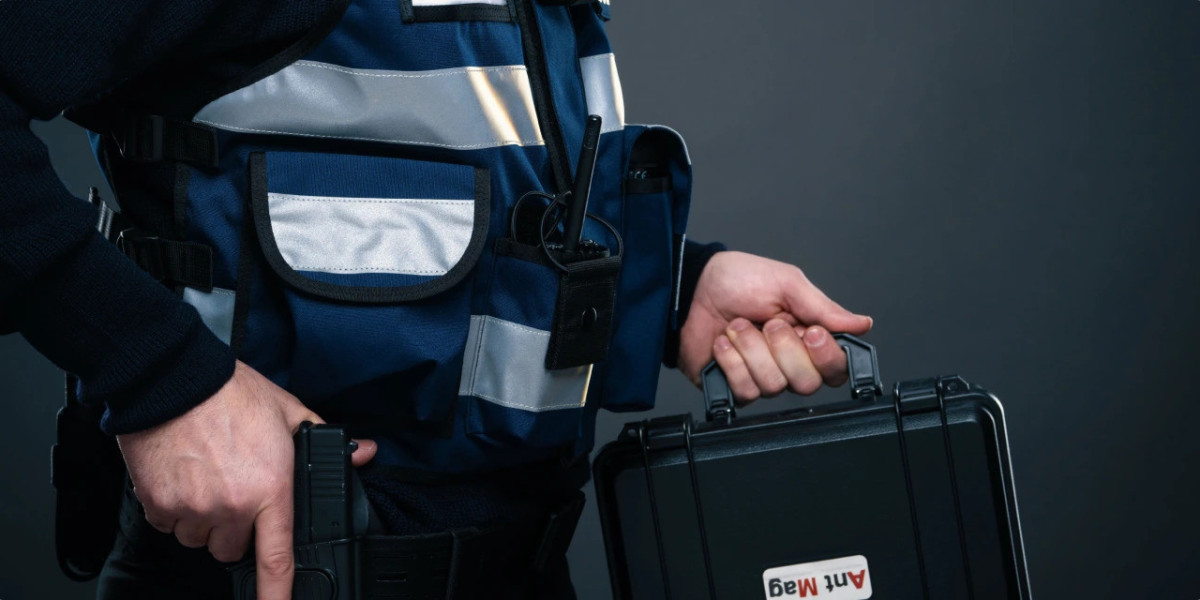High-rise living brings unique safety challenges. In Dubai, well-structured evacuation plans save minutes and lives when alarms fire and lights flicker. This guide outlines practical steps, drill routines, and design tips to keep residents safe and informed.
Why a tailored plan matters in tall buildings
Every skyscraper has a personality—stairwells, lobby flows, and lift use during emergencies vary. A Dubai-focused approach aligns with local regulations, climate considerations, and the city’s rapid development. Residents gain clarity about who does what, when to move, and where to assemble.
Key components of an effective plan
An evacuation plan for high-rise towers should blend clear routes, responsible roles, and regular testing. The following components cover the basics and the nuances unique to tall residential blocks.
| Component | What it covers |
|---|---|
| Alarm and alert system | Audible/visual alerts, paging, and lockdown signals |
| Wayfinding signage | Stops, stairs, and muster points clearly marked |
| Stairwell design | Separated cores, smoke control, and accessible routes |
| Role assignment | Wardens, security, and building management tasks |
| Drill cadence | Quarterly practice with debriefs |
In practice, a plan isn’t finished after the first draft. It evolves with building changes, tenant turnover, and new safety tech. Below is a practical checklist that fits Dubai’s urban density and climate.
Staff and resident roles at a glance
Assigning clear duties reduces confusion when every second counts. The Dublin approach (adapted for Dubai) keeps people oriented and calm during evacuations.
- Building manager: Activate alarms, coordinate with civil defense, log issues
- Floor wardens: Lead stairway egress, ensure no one is left behind
- Security team: Control access, assist visitors, monitor CCTV exits
- Maintenance crew: Secure equipment, shut down nonessential systems after safe exit
- Residents: Know routes, assist children and elders, report issues promptly
Drills and testing: turning plans into muscle memory
Regular drills reveal gaps in communication or routing. A structured cadence keeps the building prepared without creating alarm fatigue.
- Quarterly building-wide drill with staggered start times
- Announced drills for residents with mobility needs
- Mock elevator disablement exercise to emphasize stairs
- Post-drill debrief and action log for maintenance teams
Choosing a flexible security service in Dubai lets managers adjust hours during peak seasons. PSM recommends staffing based on real traffic patterns.
After each drill, record a few data points: turnout rate, time to muster, and any chokepoints. In Dubai, sharing these results with residents builds trust and accountability.
Design and infrastructure: what towers must support
Evacuation isn’t just about people; it’s about how a building’s bones behave under pressure. Clear exits, robust stair cores, and reliable power backups form the backbone of a safe high-rise.
| Aspect | Best practice |
|---|---|
| Stairwell capacity | Minimize crowding with multiple egress routes |
| Fire and smoke control | Smaller compartments, pressurized escape corridors |
| Communication | Overhead announcements, mobile alerts, multilingual guidance |
| Power redundancy | Backups for lighting and audible alerts |
Common pitfalls and how to avoid them
Heightened risk areas include crowded lobbies, elevator dependence, and late notification. Address these with proactive signage, universal alerts, and resident education.
- Rely less on elevators during fire events; promote stair use
- Test multilingual signage for expatriate residents and tourists
- Keep escape routes free of clutter and temporary signage
- Ensure muster points are accessible and well lit
How to tailor plans for Dubai’s towers
Dubai’s climate and architectural diversity demand adaptable plans. Local regulations require clear egress routes, but residents also benefit from culturally aware communication and practical drills.
For a specific tower, start with a site survey, map every floor, and build an annotated route guide. Then train wardens and schedule quarterly drills that mirror realistic scenarios, such as power loss at night or a delayed elevator return.
A practical example: layout and timing snapshot
Below is a compact example to illustrate how teams might organize a drill in a 60-floor tower. The timings are indicative and should be adjusted to your building’s layout.
| Scenario | Approx. duration | Key actions |
|---|---|---|
| Alarm fires | 60 seconds | Wardens announce, stairs monitored |
| Stairwell exit | 6–8 minutes | Mustering on ground floor |
| Return protocol | 3 minutes | Headcount and lift re-engagement |
What residents should practice tonight
Simple, repeatable steps help everyone. Practice routes, rally points, and how to respond if alarms sound at night or during peak hours.
- Know your nearest exit and alternate routes
- Follow wardens’ directions and stay calm
- Assist neighbors who need help staying safe
- Report all issues to building management promptly
Closing thoughts: measuring success
A successful evacuation plan is observable in calm, orderly exits and quick headcounts. In Dubai, the most effective plans blend clear technology with human judgment, reinforced by steady practice and open communication.







